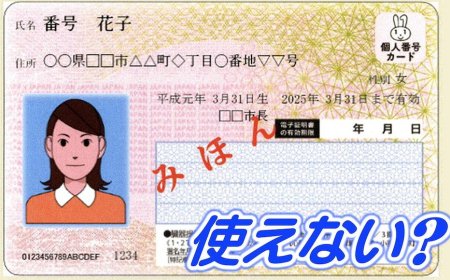Retirement system in Japan
The retirement system in Japan is designed to provide financial stability and healthcare support to retirees. By understanding the structure and benefits of the system, individuals can better prepare for a secure and comfortable retirement in Japan.

Japan's retirement system is a well-structured and comprehensive system designed to ensure financial security for its elderly population. Understanding how this system works is essential for anyone planning to retire in Japan or for those interested in the country's social welfare mechanisms.
The Japanese retirement system is primarily composed of two main components:
- National Pension (Kokumin Nenkin): This basic pension system is mandatory for all residents of Japan aged 20 to 59, including self-employed individuals, students, and part-time workers. Contributions are made monthly, and the benefits are paid out starting at age 65.
- Employees' Pension Insurance (Kosei Nenkin): This system covers salaried workers and is managed by employers. Contributions are made jointly by employees and employers, and the benefits are more substantial than those from the National Pension due to higher contributions.
Key Features of the Japanese Retirement System
- Mandatory Enrollment: All residents of Japan must enroll in the National Pension, ensuring broad coverage and participation.
- Contribution Requirements: To receive the full pension benefits, individuals must contribute for a minimum of 10 years.
- Flexible Retirement Age: While the standard retirement age is 65, individuals can choose to start receiving their pension between the ages of 60 and 70, with adjustments made to the benefit amount based on the chosen age.
- Pension Amount: The amount received from the pension depends on the number of years of contribution and the average monthly income during the contribution period.
- Survivor Benefits: The pension system also provides benefits to the surviving family members of a deceased pensioner, ensuring continued support.
Additional Retirement Plans
In addition to the National Pension and Employees' Pension Insurance, Japan offers additional retirement saving options:
- Corporate Pension Plans: Many companies offer their own pension plans as part of employee benefits, providing additional financial security.
- Individual Pension Plans: These are voluntary pension schemes that individuals can contribute to independently to supplement their retirement income.
Healthcare for Retirees
Japan's healthcare system is highly regarded and provides comprehensive coverage for retirees. Upon retirement, individuals can switch from their employer-based health insurance to the National Health Insurance (Kokumin Kenko Hoken), ensuring continued access to medical care.
Challenges and Reforms
The aging population in Japan poses significant challenges to the sustainability of the pension system. The government has introduced several reforms to address these issues, including increasing the pensionable age and encouraging private pension savings.
Related Products







































































































